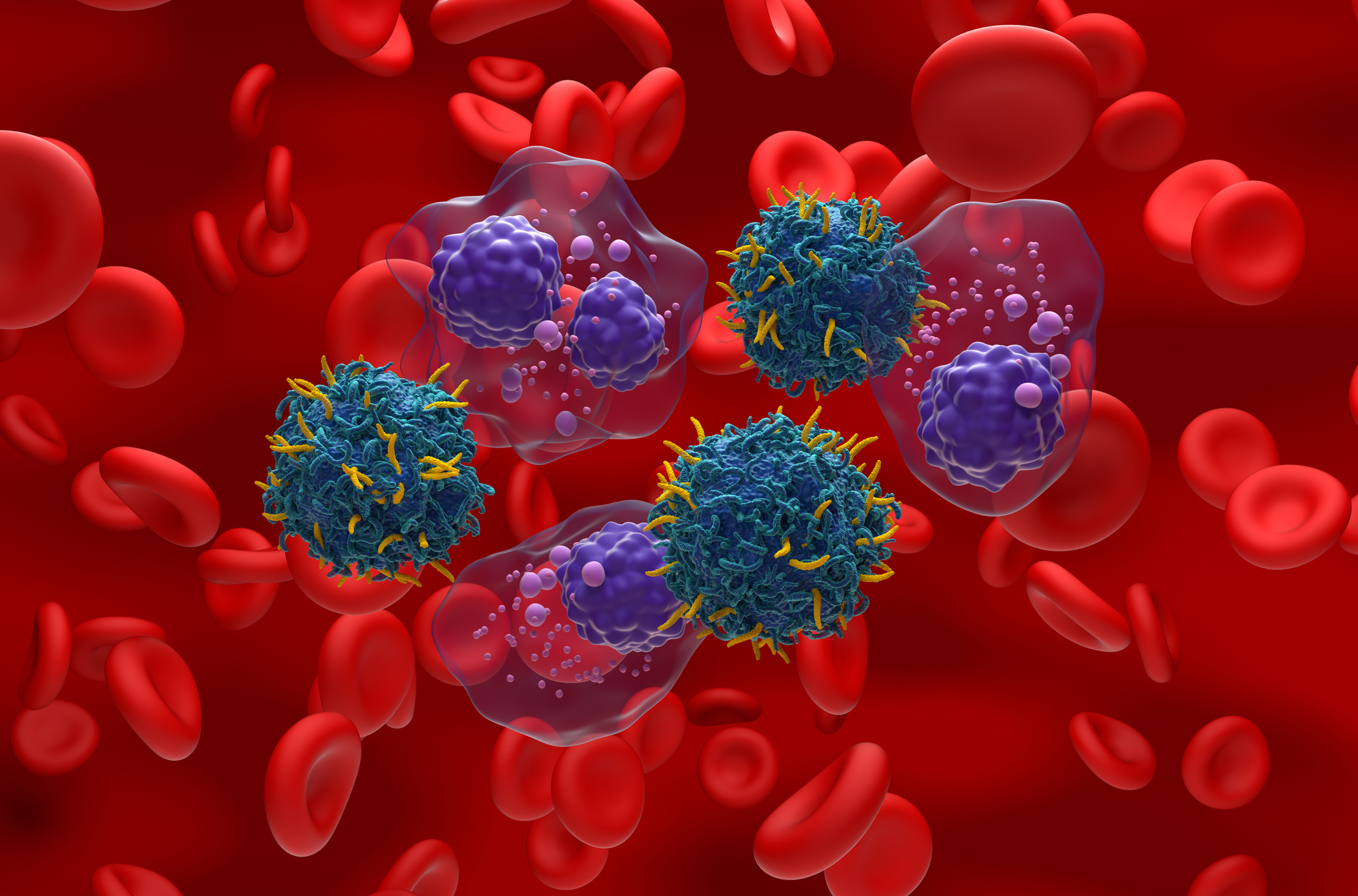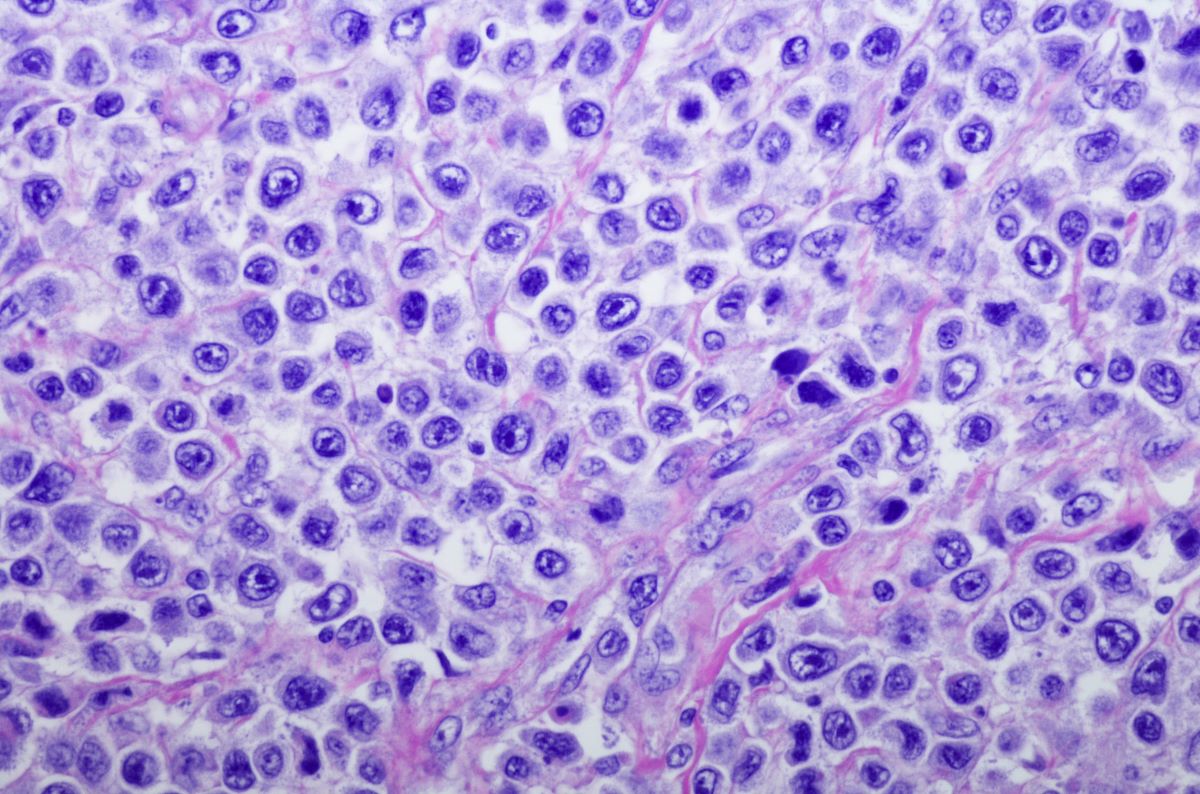
There are “limited treatment options” for patients with multiple myeloma (MM) who have triple-class exposure, as these patients are “often retreated with the same therapies or therapies in the same classes,” according to a real-world study presented at the 20th International Myeloma Society Annual Meeting and Exposition.
Rafael Fonseca, MD, of the Mayo Clinic, and colleagues conducted the study because patients with triple-class exposure to immunomodulatory drugs, proteasome inhibitors, and anti-CD38 monoclonal antibodies “have particularly high unmet needs.”
Dr. Fonseca and colleagues used the Komodo Healthcare Map, which is a US claims dataset, to identify patients who began a subsequent line of therapy after triple-class exposure between July 3, 2019, and December 31, 2020.
The researchers followed patients until death, the last claim, or the end of the study period on June 30, 2021. The primary analysis included patients who received a subsequent line of therapy after triple-class exposure. The researchers also analyzed patients who had four or more previous lines of therapy. The index date was defined as the line of therapy start date after each exposure.
The study included 1,704 patients with triple-class exposure, including 1,072 who had four-plus previous lines of therapy. In patients with triple-class exposure, the mean number of prior lines of therapy before the index date was 3.9, while it was 4.7 in patients who had triple-class exposure with four-plus previous lines of therapy.
Nearly all patients with triple-class exposure previously received daratumumab (99.9%), as well as lenalidomide (85.6%), and bortezomib (84.2%) before the index date. In patients who had triple-class exposure with four-plus previous lines of therapy, nearly all had prior exposure to daratumumab (99.8%), as well as lenalidomide (86.4%), and bortezomib (83%) before the index date.
The most common treatments after triple-class exposure were pomalidomide-based regimens, used in 36% of patients, followed by daratumumab-based regimens in 35%, and carfilzomib-based regimens in 33.7%. In patients who had triple-class exposure with four-plus previous lines of therapy, pomalidomide-based regimens and carfilzomib-based regimens were the most common therapies after triple-class exposure, each used in 33.8% of patients. Daratumumab-based regimens were used in 30.5% of patients.
At the regimen level, daratumumab and pomalidomide plus or minus dexamethasone was the most common regimen after the index date, used in 8% of patients with triple-class exposure, and in 6.7% of patients who were triple-class exposed with four-plus prior lines of therapy.
The median time to treatment discontinuation or death was 5.8 months in patients with triple-class exposure and was 5.1 months in patients who were triple-class exposed with four-plus prior lines of therapy. The median time to next treatment or death was 8.4 months in patients with triple-class exposure and was 7.1 months in patients who were triple-class exposed with four-plus prior lines of therapy.
“These findings demonstrate that in the real world, patients have limited treatment options after [triple-class exposure] and are often retreated with the same therapies or therapies in the same classes,” Dr. Fonseca and colleagues concluded. “Patients who were [triple-class exposed] discontinued treatment and moved on to next treatment shortly after initial treatment. These outcomes were even shorter for those with [four-plus previous lines]. The findings highlight the continued need for effective treatments for heavily treated patients with MM.”
Reference
Fonseca R, et al. Real-world treatment patterns and clinical outcomes among patients with triple-class exposed (TCE) multiple myeloma (MM). Abstract P-257. Presented at the 20th International Myeloma Society Annual Meeting and Exposition. September 27-30, 2023; Athens, Greece.






 © 2025 Mashup Media, LLC, a Formedics Property. All Rights Reserved.
© 2025 Mashup Media, LLC, a Formedics Property. All Rights Reserved.